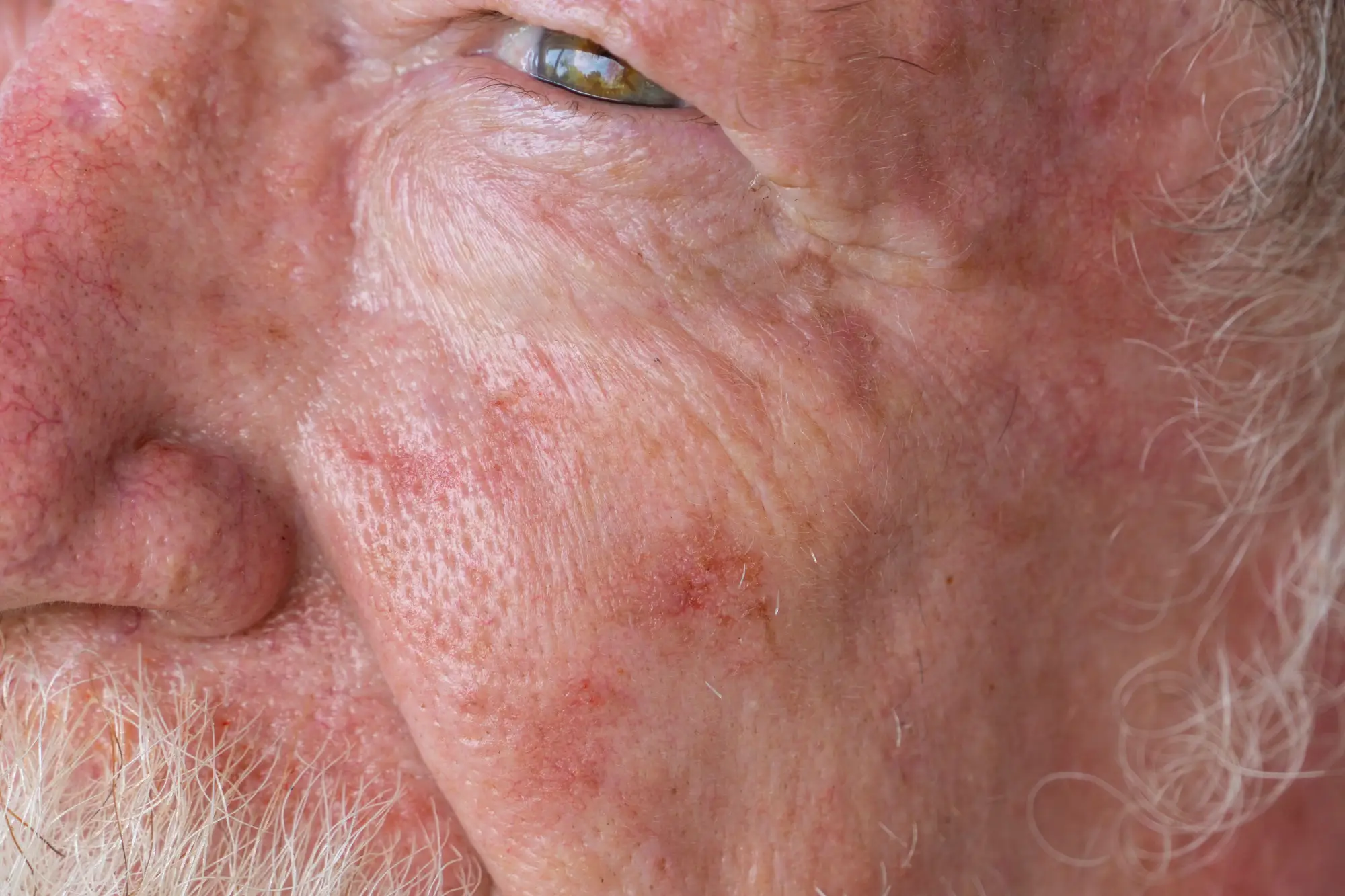
Actinic Keratoses
Target Actinic Keratoses Early with Advanced Treatment Options
Actinic keratosis (AK) is a common precancerous skin condition caused by prolonged exposure to ultraviolet (UV) radiation from the sun or artificial sources, such as tanning beds. Actinic keratoses can be treated effectively through several methods. Cryotherapy freezes and removes the lesions, while topical medications specifically target and eliminate abnormal cells. Photodynamic therapy combines a light-sensitive agent with light exposure to destroy precancerous cells. Early treatment is essential to prevent these lesions from progressing to skin cancer.
Consulting with a dermatologist ensures you receive the most appropriate treatment tailored to your condition, safeguarding your skin’s health and reducing the risk of further complications.
Visible Signs of Actinic Keratoses
01
Rough, scaly patches:
Typically appear on sun-exposed areas such as the face, scalp, and hands. These patches can be small or cover larger areas.
02
Tenderness or itchiness:
Affected areas may feel sensitive to touch, itchy, or even slightly painful.
03
Skin discoloration:
Patches may range in color from pink and red to brown or flesh-toned, often with a slightly raised texture.
Notice any of the symptoms
What Poses Highest Risk for Actinic Keratoses?
Prolonged sun exposure:
Frequent exposure to UV rays, especially without protection, significantly increases risk.
Fair skin:
Individuals with lighter skin tones are more prone to developing actinic keratoses due to lower levels of melanin, which provides natural protection.
History of sunburns:
Repeated or severe sunburns, particularly in childhood, elevate the risk of developing these lesions.
Outdoor lifestyle:
People who spend considerable time outdoors, whether for work or recreation, are at higher risk, especially in sunny or high-altitude environments.
Age:
Actinic keratoses are more common in individuals over 40, as cumulative sun exposure over time leads to skin damage.
Prevent Actinic Keratoses On Time
Preventative Measures
At Grosse Pointe Dermatology, we emphasize the importance of prevention alongside our advanced treatments. Protecting your skin from further damage is key to preventing the development or recurrence of actinic keratoses:
Daily Sunscreen Use:
Apply broad-spectrum SPF 30 or higher every day, even on cloudy days, to protect against harmful UV rays.
Protective Clothing:
Wear hats, sunglasses, and long sleeves when outdoors to shield your skin from the sun.
Regular Skin Checks:
Schedule routine dermatological exams to catch any new or recurring lesions early.
Eliminate Actinic Keratoses with Expert Care
Actinic keratoses are a serious skin condition that demands prompt and effective treatment to prevent their progression into skin cancer. At Grosse Pointe Dermatology, we specialize in advanced treatments such as cryotherapy, topical medications, and photodynamic therapy to effectively eliminate these lesions and safeguard your skin's health.
Paired with preventive strategies like daily sunscreen use and regular skin checks, our expert care ensures that your skin remains healthy, resilient, and well-protected against future risks. Choose Grosse Pointe Dermatology for comprehensive and advanced skincare solutions.
